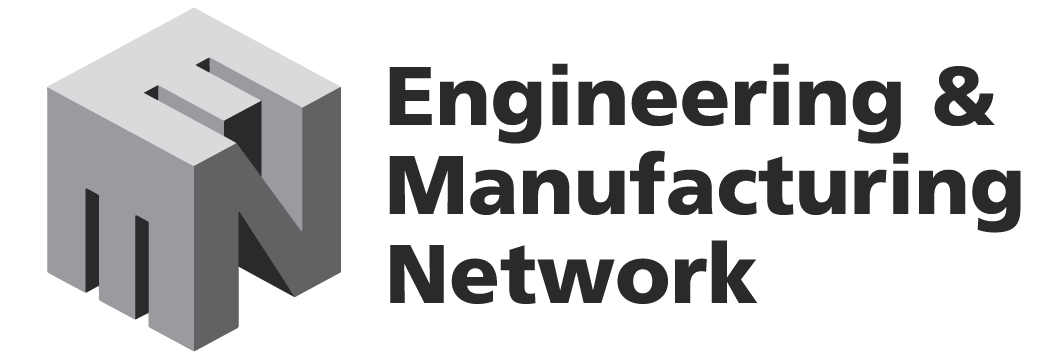We live in a world driven by data. Every second of every day, machines gather trillions of bits of information, churning their findings into reports and statistics that are analysed and used to make decisions. But although data rules, when it comes to using cool calculated analysis to manage people in the workplace, employers are traditionally more hesitant. Here, Graham Sleep, director at Durham–based IA Growth, tells North East Times how data can help companies understand what drives their workforce and give them the confidence to make big decisions.
A company’s biggest asset is usually its workforce. But it can also be its biggest nightmare. Business owners, managers and HR teams since time immemorial have lain awake at night worrying about staff issues, be they retention, recruitment, performance or engagement. In the post-COVID–19 world, in a jobseeker’s market, businesses must work harder than ever to keep or attract staff looking for a better work/life balance, or reasons to keep showing up beyond the monthly pay packet. But how do you decide where to target your energies as a business owner?
Enter IA Growth, the Belmont Business Park-based business growth expert, which has led the way in organisational analytics – the use of data to understand how fulfilled or engaged a workforce is at the touch of a button. Company director Graham Sleep says: “The changes in workforce attitudes have opened new conversations; words like engagement, fulfilment and happiness are now commonplace, and it is how businesses understand and act on these which often causes a problem.”
Building on a strategic partnership with Harrison Assessments Analytics, IA Growth uses software that allows companies to gather information from each member of staff using a simple 20–minute questionnaire. He says: “It’s not a personality test. “It’s about their preferences; we ask them to rank what things they like, and what are they not so concerned about.
“If you like something, you are more likely to give it your all. And if you give it your all, then you’ll get better at it, and receive better feedback. That’s the key principle. “The other key principle is around paradoxes. “For example, in communication, ‘frankness’ and ‘diplomacy’ might be seen as competing ideas, but you need both to progress – we can measure a person’s approach in different areas.”
The data gathered from staff can be used at an individual level – confidentially analysed by IA Growth – to identify specific coaching or development needs, or to pick out people to put on the fast track. It can also be used to highlight team or companywide gaps in training or to give the data to back up decision-making. Graham uses a recent visit to a company in the region as an example.
He says: “I noticed a whiteboard with a list of approximately 50 staff benefits they were looking to offer to existing people and future recruits. “I asked them if they had done a survey or used any quantitative data or intelligence to understand what was needed – they didn’t see that the technology existed to do this, and that probably three or four of these benefits may be all that was needed.” “This is not an isolated incident. We need tools that eliminate or reduce bias and a potential lack of confidence to understand what our staff really want.” One company to have seen the benefits of organisational analysis is metal mesh manufacturer The Expanded Metal Company.
Managing director Phil Astley says: “We were introduced to IA Growth at a crucial time, as we developed future strategy and direction for a key part of our business. “It became clear at an early stage that various people issues, directly or indirectly, were affecting key and time-critical improvement ambitions. “From the initial scope, we broadened our review to encompass all our leadership team and those people we felt had high potential. “This culminated in a number of adjustments across the organisational structure, from enhanced responsibilities through to creating new roles to better utilise skills and talent.
“We embraced IA Growth’s data driven process and now we have a senior team in the roles, capable of delivering our future growth ambitions. “The next step is to utilise the existing data, add in similar metrics from recent appointments and further develop the organisational analytics reporting. “This will help underpin the key metrics of improvement across our organisation and workforce, and the development of new talent.
“We are looking forward to continuing our work with IA Growth, using their intelligent recruitment service, aligning people improvement to overall business improvement, and developing our current and future leaders within”. The strength of organisational analytics is, of course, dependent on the strength of the data inputted. The software sends prompts if the company tries to run reports using data that is more than a year old or incomplete.
The data is given a reliability score – if it achieves less than 80 per cent, the software will refuse to produce a report. Graham, pictured above, left, with Phil, adds: “Nobody jumps into every aspect of organisational analytics from the start. “They maybe use it as a recruitment tool, or perhaps to direct an individual’s coaching journey. “What it does is help business owners or leaders gain confidence as they see the results in one area, which in Business_ Advertising feature_IA Growth turn gives them the momentum to use it in other areas and gives validity to key decisions. “We get feedback from staff that it has offered them more development opportunities, that there’s better communication among teams – it supports a lot of positives that people can see across a company and that can only lead to a more engaged and happier workforce.”
View PDF
